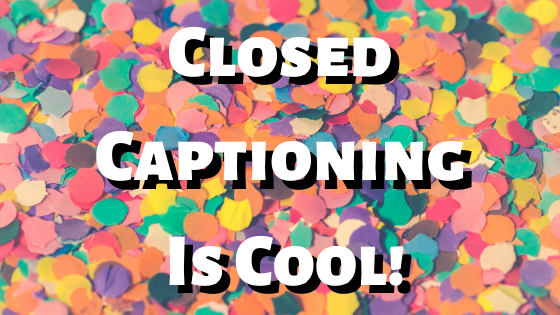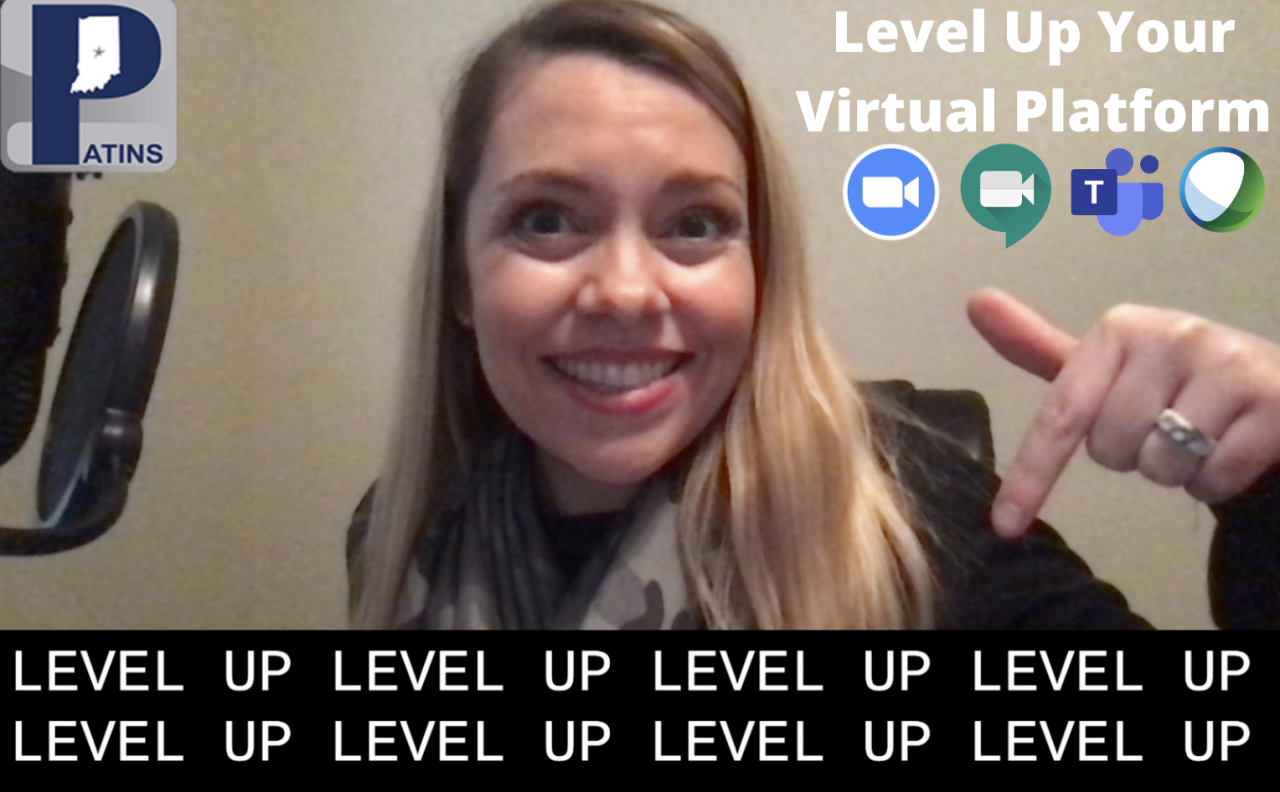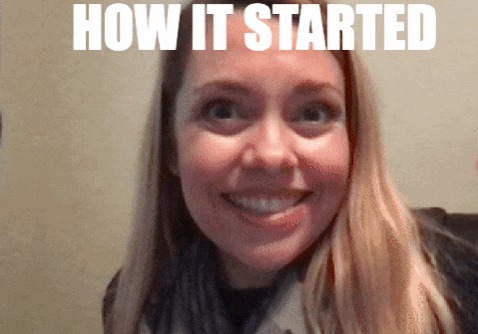Top 5 Reasons for Captions In Schools
Captions… It's all the buzz currently in schools, including higher education institutions like Harvard University. If you aren’t currently using captions in your daily life or in your classroom you might be unfamiliar with why we need to provide them. They may even seem annoying to you when you see them on. However, I assure you they are coming to a workplace near you soon and here are 5 reasons why you should turn them on today:
1. Attention and Focus
Students who need support when it comes to attention & focus can benefit from the visual representation of the spoken words on the screen during class and videos. In a study conducted by the Oregon State University Ecampus Research Unit of the 1,532 students, 69% reported that closed captioning aided in keeping their attention as a learning aid in class (Linder, 2016).
2. Universal Design for Learning
Setting up your classroom with every type of learner from the beginning means that you plan to include captions (Morris et. al, 2016). For school districts needing to put a policy in place for providing captions and transcripts as part of providing accessible education materials, PATINS has you covered with a sample policy.
3. Reading
Students building early literacy skills can benefit from captions since captions explicitly illustrate the mapping among sound, meaning, and text (Gernsbacher, 2015). Since one predictor of reading achievement is time spent reading, the use of captioned content has the ability to benefit each & every student in your classroom.
4. Language Acquisition
Students learning a new language can benefit from English subtitles of classroom audio media. Students are taught how to recall and build their auditory listening skills in the second language after viewing videos with closed captions/subtitles in the new language rather than just receiving the content via auditory alone (Gernsbacher, 2015).
5. The Right to Effective Communication
When we have a student who is deaf/hard of hearing in our classrooms, we need to provide accurate, timely and effective communication. One way to achieve this is by providing closed captions on all. This is explained in ADA, IDEA and Article 7. You can read more about the recent Harvard’s lawsuit resulting in all media including open online courses to include closed captioning.
Do you need help with the tools and implementation of captions? The PATINS Project has you covered with no-cost in-person training and webinars. PATINS’ Specialists, Jena Fahlbush and Katie Taylor have a live webinar, Captions for All: The Writing’s on the Wall! This will help get you acclimated to using captions in your classroom the very next day.
As you build experience with captions, you will see the need for captioning to the public and in your classroom! Speak up! Request captioning in the gym, restaurants, and doctor's offices to help make every place an accessible place for all.
References
Gernsbacher M. A. (2015). Video Captions Benefit Everyone. Policy insights from the behavioral and brain sciences, 2(1), 195–202. doi:10.1177/2372732215602130
Linder, K. (2016). Student uses and perceptions of closed captions and transcripts: Results from a national study. Corvallis, OR: Oregon State University Ecampus Research Unit
Morris, K.K., Frechette, C., Dukes, L., Stowell, N., Topping, N.E., & Brodosi, D. (2016). Closed captioning matters: Examining the value of closed captions for all students. Journal of Postsecondary Education and Disability, 29(3), 231-238.




